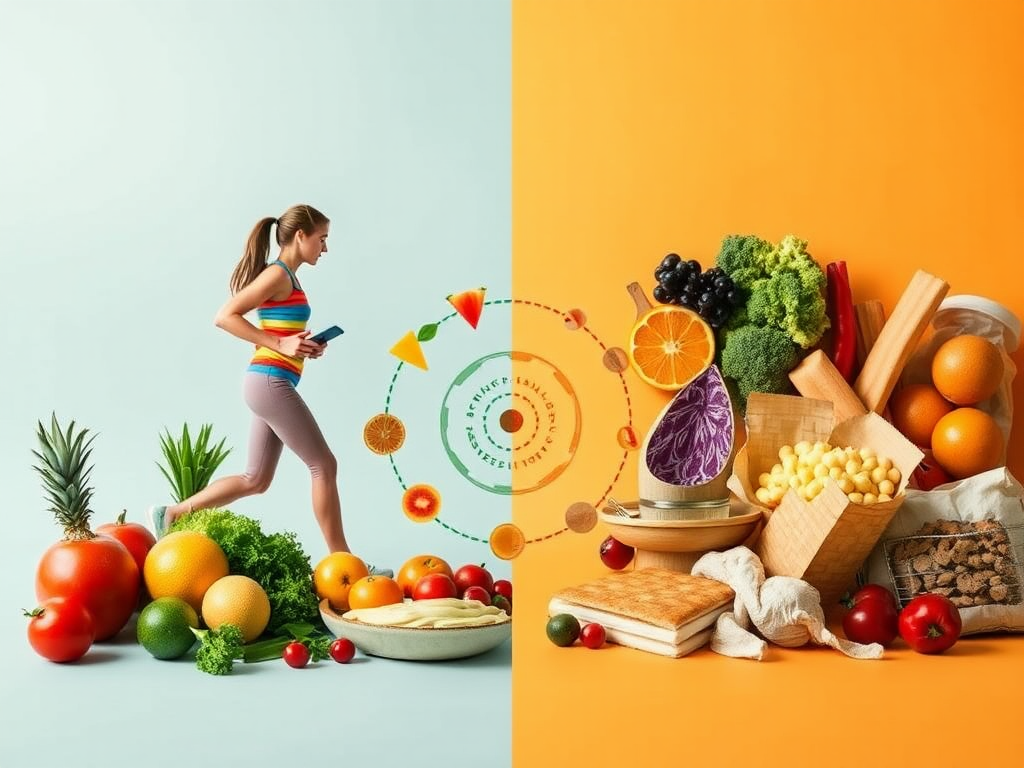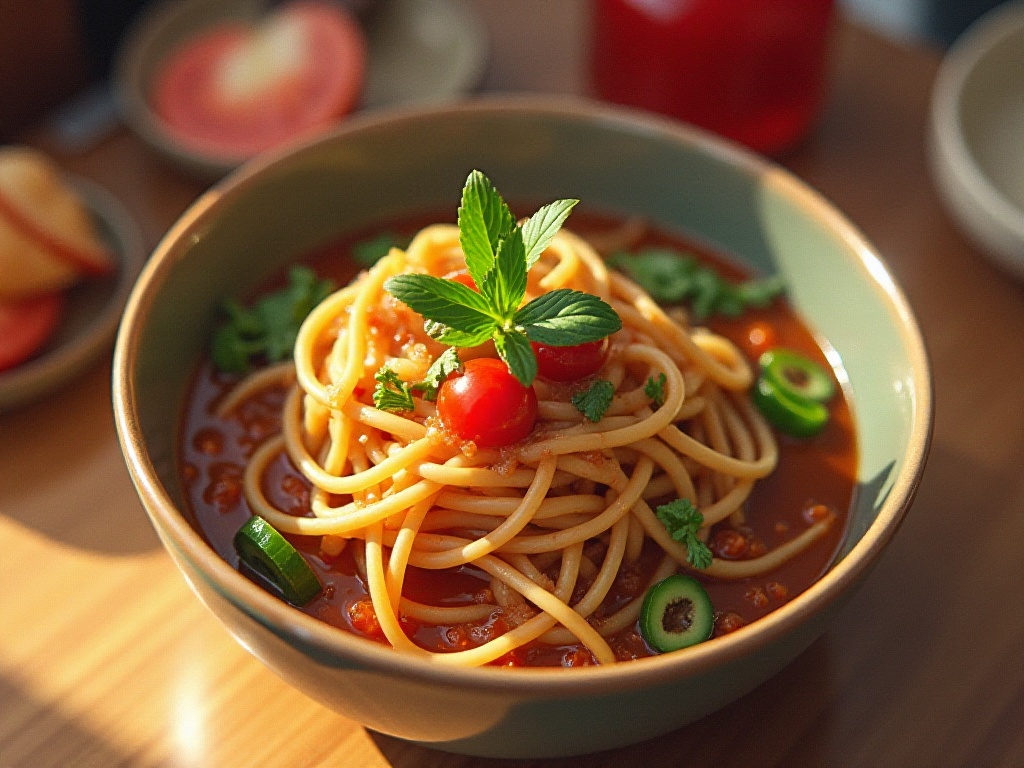Opening Chat
Hello everyone, I'm your beverage development instructor - you can call me Xiao Chen. Today I want to discuss the super interesting topic of how to create a hit beverage from scratch.
As someone who has been in the beverage industry for several years, I truly understand all the confusion and struggles that newcomers face when developing drinks. Do you often see other brands' sales skyrocketing while your carefully developed products just can't seem to take off? Don't worry - today I'll share with you all the lesser-known secrets of beverage development in the most down-to-earth way.
Product Positioning
To be honest, many newcomers make the same mistake when first getting into beverage development - they immediately focus on recipe development. But before we start mixing ingredients, we need to figure out a super important question - what problem is this beverage trying to solve? Is it meant to satisfy young people's desire for novelty, or create a summer drink that helps beat the heat?
I remember when I first started in this industry, I was really impulsive. Seeing how hot the tea drink market was, I immediately dove into new product development, spending all day in the lab working on recipes. The final drinks tasted good according to friends, but just wouldn't sell. After deeper research, I realized that without clear product positioning, even the best recipe will struggle to truly attract consumers.
Almost all the super successful beverage brands in the market today have very clear product positioning. Take HeyTea for example - they position themselves for urban young people pursuing quality life, so everything from product packaging to store decoration follows a high-end fashionable style. Looking at Mixue Ice Cream, their positioning is affordability, so they focus on value for money and attract many students with ultra-low prices.
According to our company's latest market research data, over 85% of successful beverage brands determined clear target audiences and product positioning in their early development stages. This data tells us that product positioning isn't optional - it's a key factor determining product success or failure.
Here's a specific example: for a cheese tea drink I previously helped develop, our initial target audience was female office workers. However, after market research, we found that post-95s young people were more accepting of these trendy drinks and willing to pay for novel flavors. So we quickly adjusted our positioning, made corresponding changes to packaging design and marketing strategy, and ultimately the product's sales exceeded expectations by 50%.

Ingredient Selection
When it comes to ingredient selection, it's truly a deep subject. Many beginners might think ingredients are just something you buy and use, but in reality, a drink's success largely depends on the selection and combination of ingredients.
Let me share an interesting example. Last year when we were developing a fruit tea, we discovered that lemons from different regions could have up to 30% difference in acidity. Yunnan lemons tend to be sweeter, while Sichuan lemons have higher acidity. Such differences directly affect the final product's taste. So I suggest everyone compare multiple sources and test repeatedly when selecting ingredients.
According to data accumulated in our lab over recent years, in a standard fruit tea recipe, juice content should ideally be controlled between 15-25%. Too little makes the taste bland; too much overshadows other ingredients' flavors. For sweetness, 8-12 degrees is the most appealing range, satisfying general taste preferences without being too sweet. As for acidity, a pH value between 3.5-4 tastes best, highlighting the fruit's freshness without being too stimulating.
In ingredient procurement, we've noticed an interesting phenomenon. Many newcomers assume expensive ingredients must be better quality. But in practice, we've found that value for money is the most important consideration. For example, some imported dried fruits cost three times more than domestic ones, but consumers can't really tell the difference in the final product.
Another crucial point is ingredient pairing. Like when we were developing a strawberry sparkling water, using strawberry juice alone always felt lacking. But when we added a touch of lemon juice, the overall flavor immediately improved to another level. This is the so-called "1+1>2" effect. Through clever combinations of different ingredients, we can create unexpected deliciousness.
Ingredient storage is also an easily overlooked aspect. We've found that many ingredients have specific shelf-life requirements. For example, fresh fruits are best used the same day; tea leaves should avoid direct sunlight and be stored in a cool, dry place; fruit jams should be refrigerated after opening and used within 3-5 days. All these details directly affect the final product quality.
[To be continued...]
Related articles




